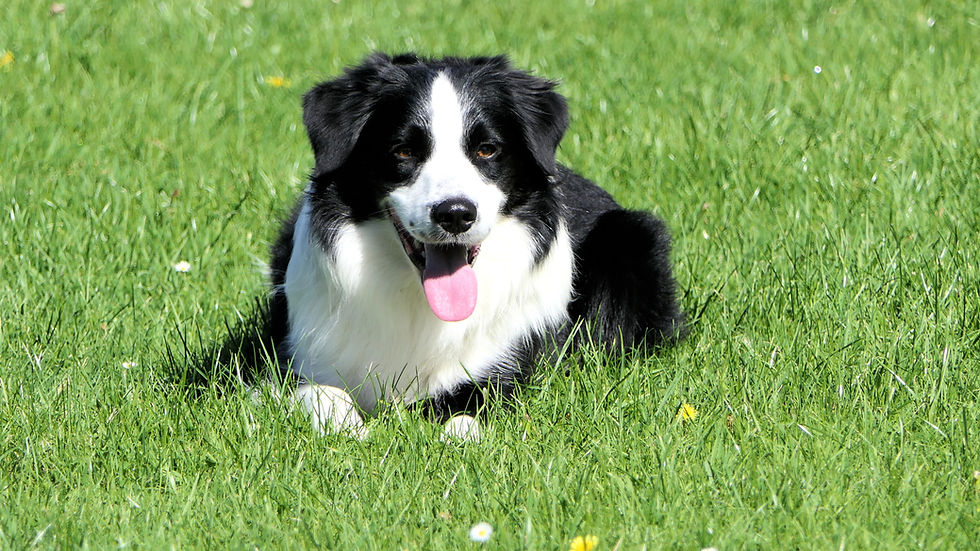In German, the words "hin" and "her" can be challenging for learners due to their versatile usage in various contexts. They are often used to indicate direction, perspective, or the movement of an object or person in relation to the speaker or listener. This blog post will break down the different ways "hin" and "her" are used, along with similar directional words, providing examples to help you master their application.
1. Basic Meaning of "Hin" and "Her"
"Hin": Indicates movement away from the speaker.
"Her": Indicates movement towards the speaker.
For example:
Hin: Ich gehe hin. ("I am going there.") – Moving away from where the speaker currently is.
Her: Komm her. ("Come here.") – Moving towards where the speaker currently is.
These directional indicators are often paired with verbs to give more specific meanings.
2. Combining "Hin" and "Her" with Verbs
In German, "hin" and "her" are frequently combined with various verbs to indicate the direction of movement more precisely. Some common combinations include:
Hinlegen (to lay down):
Ich lege das Buch hin. ("I lay the book down.") – Away from the speaker.
Herbringen (to bring here):
Bringe mir das Buch her. ("Bring me the book here.") – Towards the speaker.
Hingehen (to go there):
Geh hin und sieh nach. ("Go there and check.") – Away from the speaker.
Herkommen (to come here):
Komm her und sieh das. ("Come here and see this.") – Towards the speaker.
These verbs can also reflect actions done in specific directions, making them more dynamic in conversations.
3. Directional Phrases with "Hin" and "Her"
"Hin" and "Her" can be part of compound words and phrases that describe specific directions or movements:
Hin und her (back and forth):
Die Kinder rennen hin und her. ("The children are running back and forth.") – Movement in both directions.
Hinauf (upwards) vs. Herauf (upwards towards the speaker):
Er geht die Treppe hinauf. ("He is going up the stairs.") – Away from the speaker.
Komm herauf, es ist sicher. ("Come up here, it’s safe.") – Towards the speaker.
Hinaus (outwards) vs. Heraus (outwards towards the speaker):
Gehe hinaus in den Garten. ("Go out into the garden.") – Away from the speaker.
Komm heraus aus dem Haus. ("Come out of the house.") – Towards the speaker.
Hinunter (downwards) vs. Herunter (downwards towards the speaker):
Er geht die Treppe hinunter. ("He goes down the stairs.") – Away from the speaker.
Komm herunter von dort! ("Come down from there!") – Towards the speaker.
4. Expressions and Idioms
"Hin" and "Her" are also used in idiomatic expressions, which may not directly translate to their literal directional meanings but convey figurative ideas:
Das Hin und Her (the back and forth, often referring to indecision or constant changes):
Das Hin und Her in der Diskussion macht mich müde. ("The back and forth in the discussion is tiring me out.") – Refers to ongoing, possibly frustrating changes.
Wie dem auch sei, hin oder her (Be that as it may, whether this or that):
Wie dem auch sei, hin oder her, wir müssen jetzt eine Entscheidung treffen. ("Be that as it may, whether this or that, we need to make a decision now.") – Indicates that regardless of details, a decision is necessary.
Es ist mir egal, hin oder her (I don't care either way):
Es ist mir egal, hin oder her, wir können gehen oder bleiben. ("I don't care either way, we can go or stay.") – Expresses indifference to the options.
5. Similar Words and Alternatives
In addition to "hin" and "her," there are similar words used in directional contexts that provide more specificity:
Da: Used to refer to a place or point in a general sense, can be combined with "hin" and "her":
Dahin (to that place):
Ich gehe dahin. ("I am going there.")
Daher (from that place):
Ich komme daher. ("I come from there.")
Hier: Refers to "here" and can combine with "hin" and "her":
Hierhin (to here):
Stellen Sie das hierhin. ("Place that here.") – Towards the speaker.
Hierher (to here from a specific direction):
Komm hierher! ("Come here!") – Stronger emphasis on the direction towards the speaker.
Dort: Refers to "there," used to indicate a specific place further away:
Dorthin (to there):
Fahre dorthin und warte. ("Drive there and wait.") – More distant than "dahin."
Conclusion
Mastering "hin" and "her" in German can greatly improve your fluency and comprehension, especially in conversations involving movement and direction. These small but significant words are deeply embedded in the language, providing nuanced meanings to actions and helping to specify direction in relation to the speaker. Practice using these words in different contexts, and soon, they will become a natural part of your German vocabulary.






















































Comments